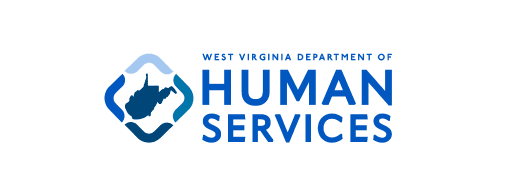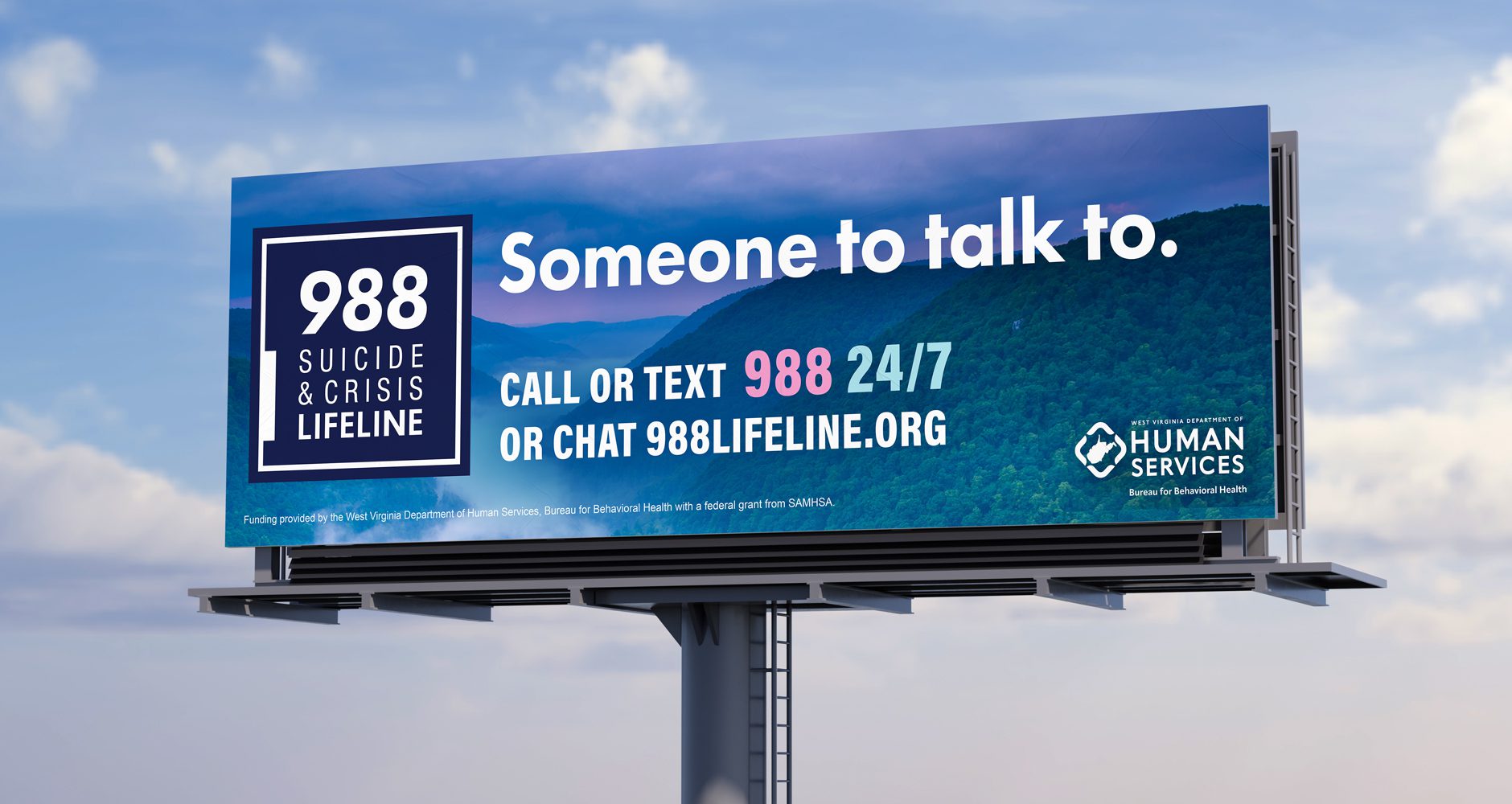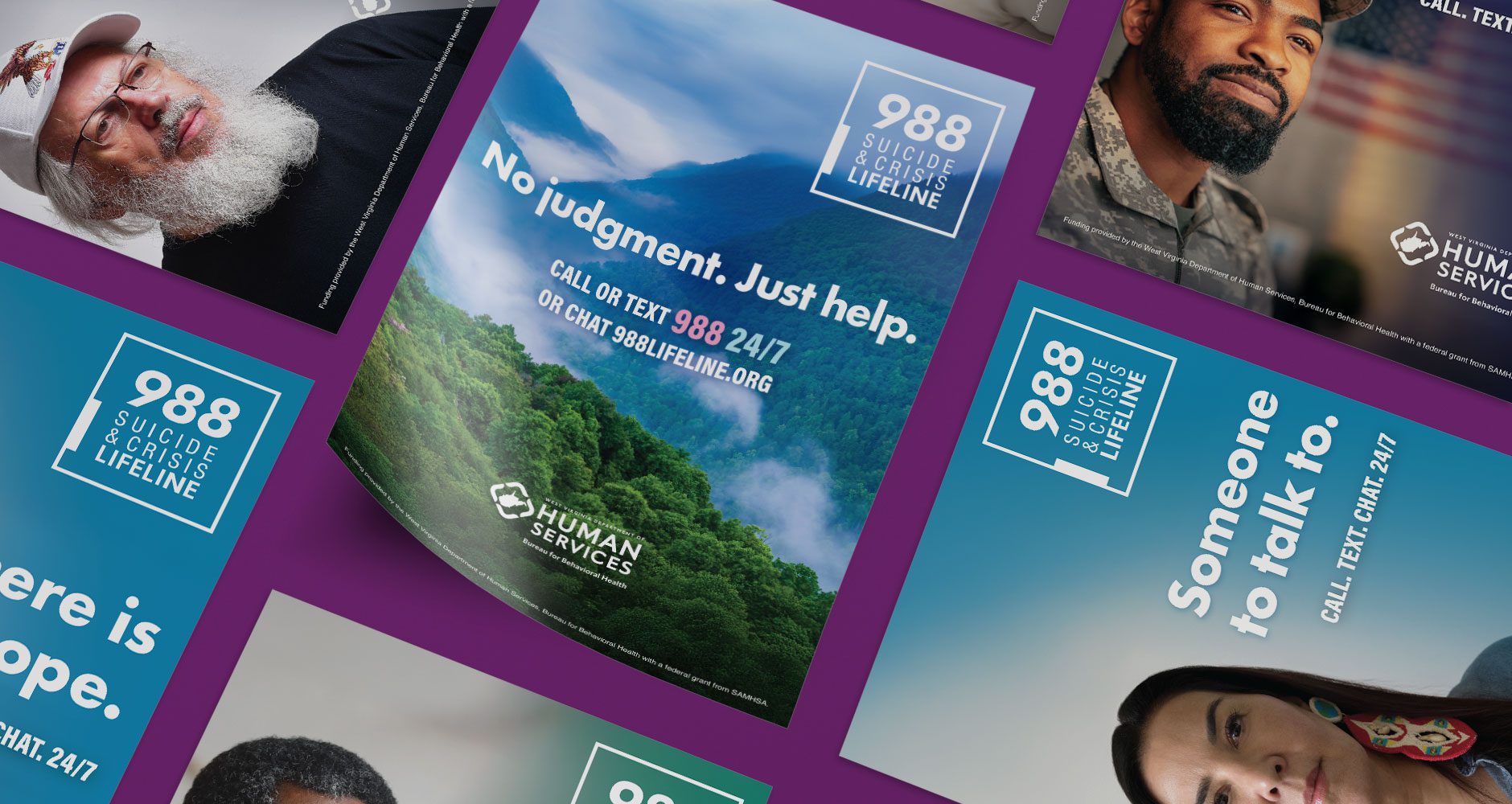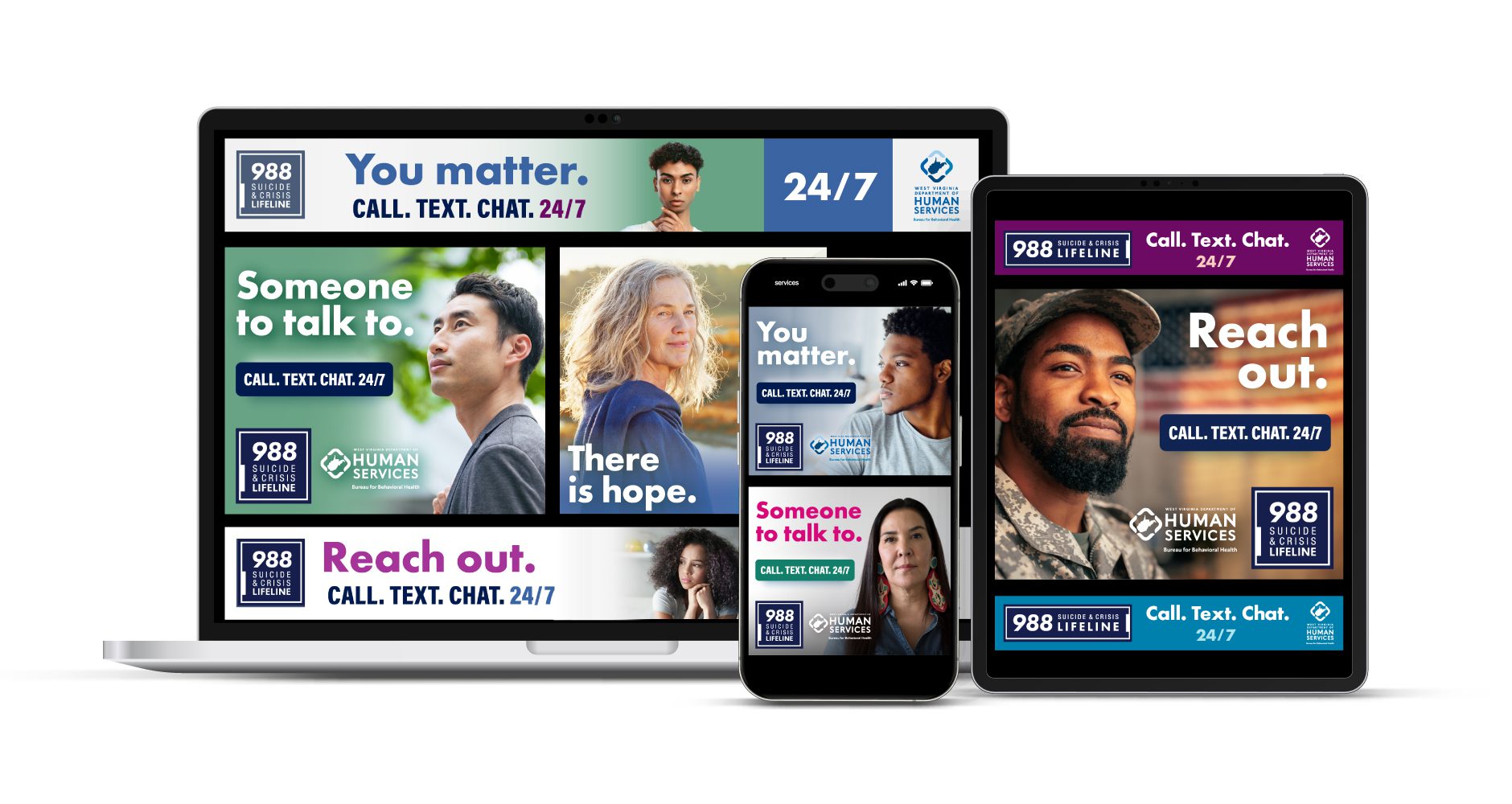988 Suicide & Crisis Lifeline WV
multi-faceted campaign
Case Study: Raising Awareness for the 988 Program in West Virginia
Challenge
When the 988 suicide prevention and mental health crisis hotline launched in West Virginia, the Department of Human Services (DHS) recognized an urgent need to increase awareness, particularly among at-risk populations. Additionally, they needed to ensure sustained visibility of the program long after the initial effort. With these objectives in mind, DHS partnered with TMG to not only execute a marketing campaign but also to create a comprehensive, long-term toolkit for continued community outreach and engagement.
Solution
TMG was tasked with developing a multi-faceted campaign that would resonate with diverse groups across the state. The primary goal was to design assets that would be inclusive, ensuring that individuals from all walks of life could see themselves benefiting from the 988 program if ever in need.
To achieve this, TMG collaborated closely with staff from the Bureau for Behavioral Health and other community partners. The team worked to understand the unique challenges and communication needs of various populations to create tailored marketing materials that could amplify the ongoing work already being done in the community.
Campaign Deliverables:
- Radio Spots: 3 different versions
- Television Commercials: 3 different spots
- Billboards: 6 unique designs developed for use strategically across the state
- Digital Assets: 20 pieces of creative content, including display ads, and web banners
- Posters: 10 different designs for public spaces
- Social Media Graphics: 14 visuals optimized for community engagement
- Digital Media Buy: Strategically placed ads targeting key demographics
Results
The campaign’s digital and out-of-home components were highly effective, reaching wide audiences across the state. The out-of-home campaign alone garnered over 2 million impressions, while the digital display campaign drove 1.4 million impressions and resulted in 1,733 clicks to the program’s website. This high level of engagement helped increase visibility for the 988 program, directly contributing to its adoption and usage.
Moreover, the digital asset toolkit created by TMG is now a valuable resource available to DHS and its partners for future outreach efforts. This toolkit ensures that the campaign’s impact can continue to grow, empowering local organizations to maintain awareness and connect residents to vital mental health resources for years to come.
Conclusion
By developing a comprehensive suite of marketing assets and a sustainable toolkit, TMG ensured that the 988 program not only launched successfully but also laid the foundation for ongoing outreach. This project demonstrated the power of collaborative partnerships and strategic messaging in addressing critical public health challenges.
Client







